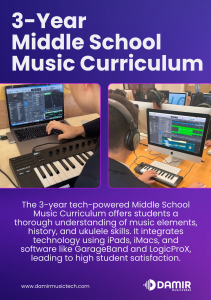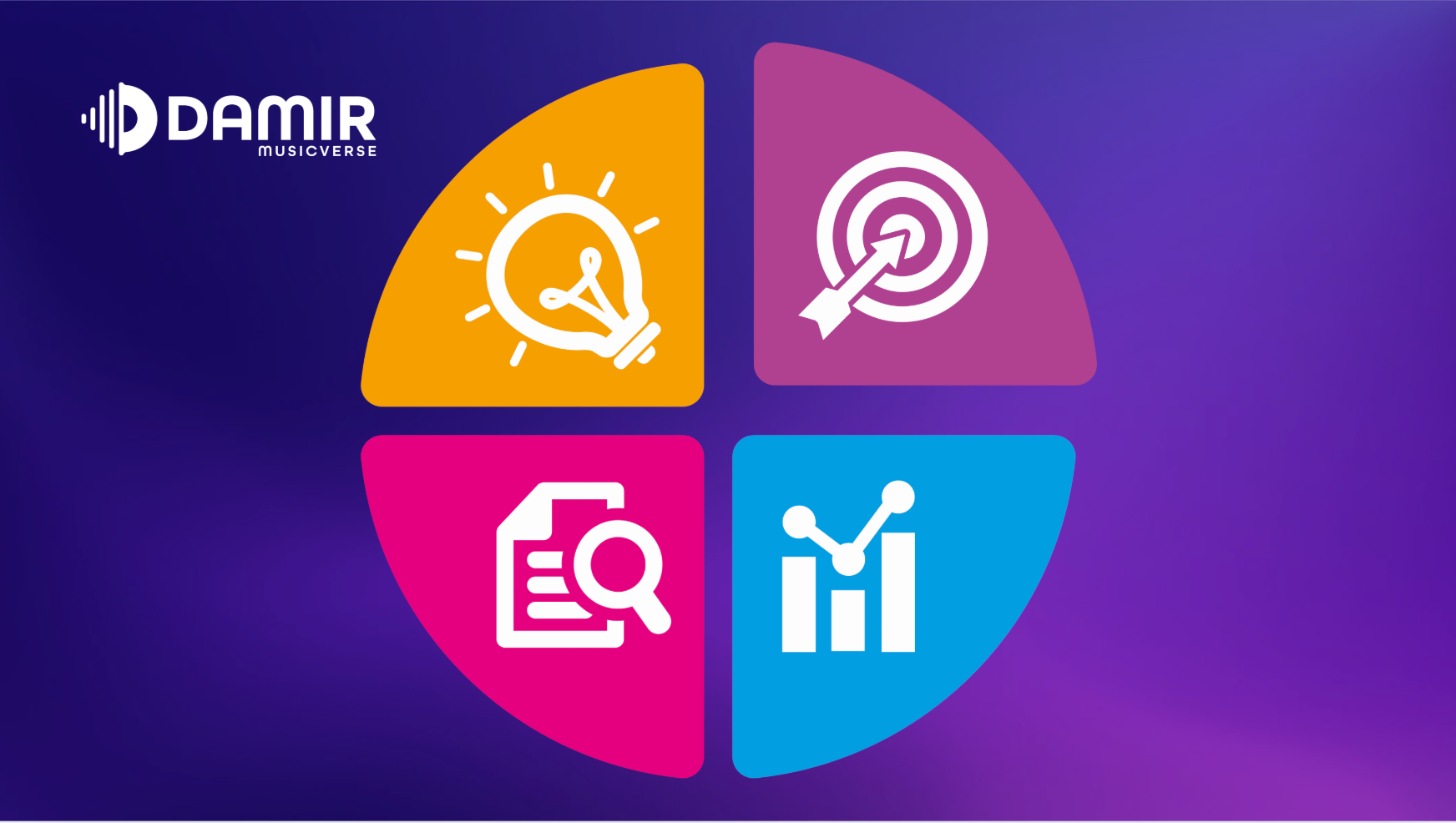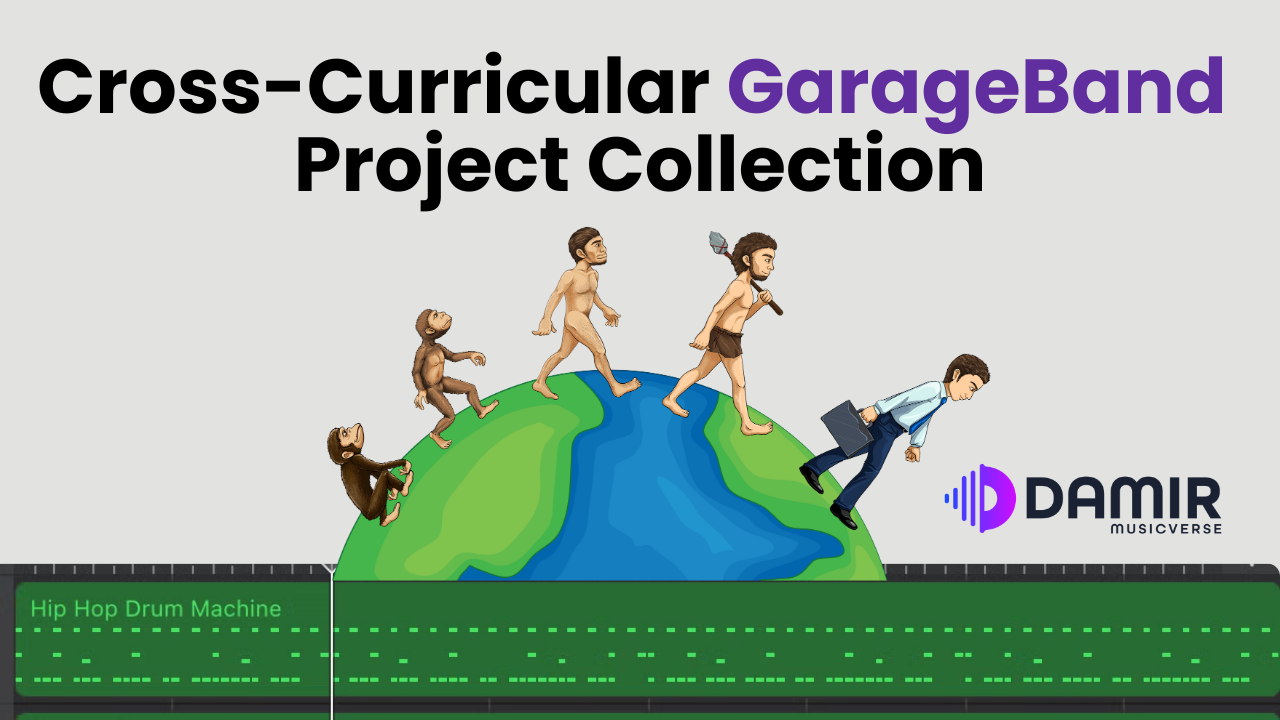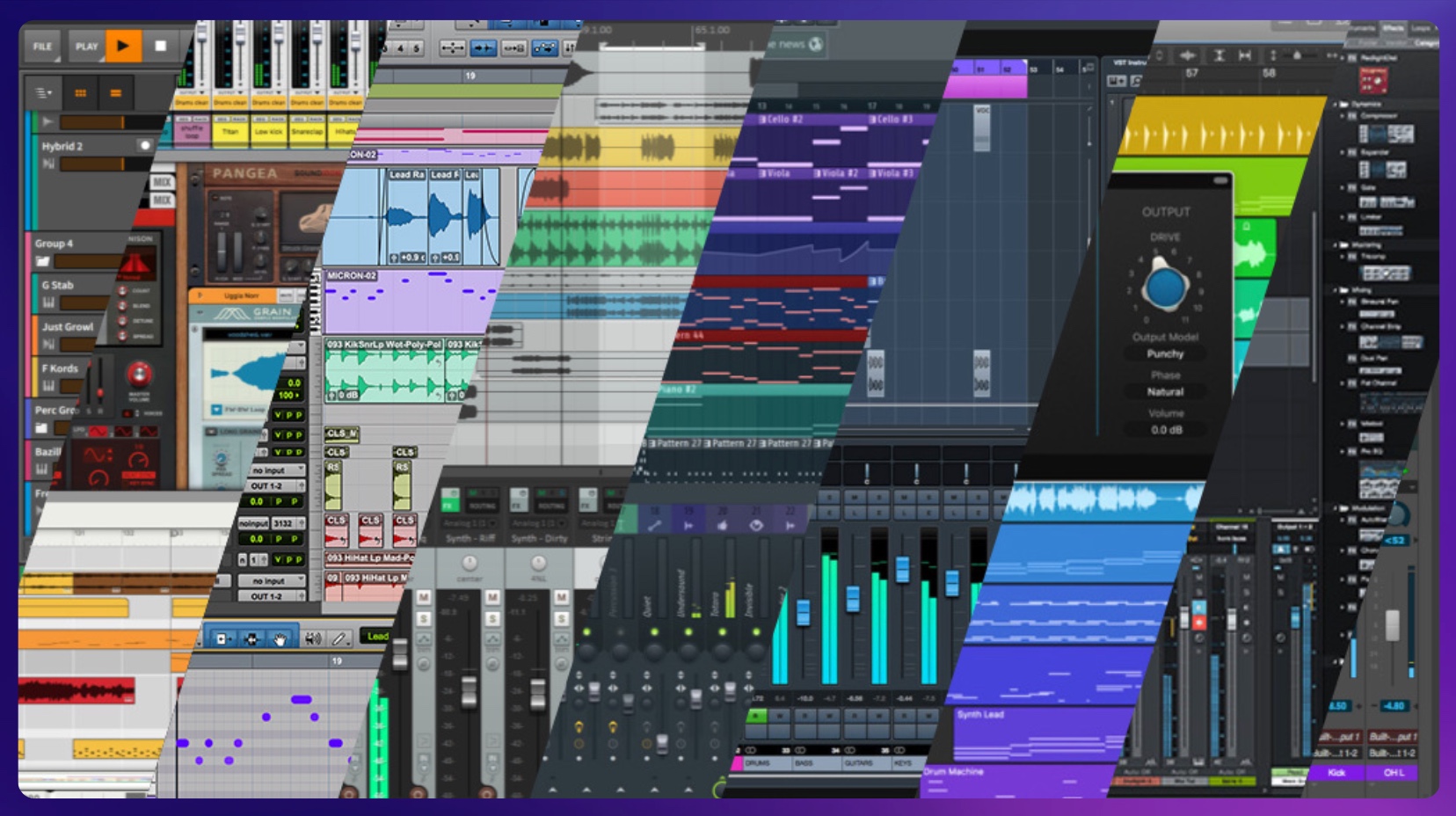
Introduction
In this article, I will continue introducing my 3-Year Middle School Music Curriculum that I have designed and implemented in my current school over the past 3 years.
This article is the second part of a series of three articles where I provide details about the curriculum for grades six, seven, and eight.
To fully understand the content, I suggest reading the first article where I set the stage, discuss the challenges involved, and introduce the grade 6 curriculum. Click on the link below to read.
1/3 Introducing My Tech-Powered Music Curriculum: Grade 6
In addition to these articles, I have created a curriculum mind map that provides a comprehensive overview and includes additional resources such as details about assessments, exams, and more.

Subscribe now to instantly access this resource and unlock exclusive tools to enhance your music teaching!
If you have already downloaded the mind map, great! I hope it will be helpful.
Now let’s dive into the grade 7 overview.
Grade 7 Unit Plan
| Semester 1 | Semester 2 |
| Unit 1: Chinese Traditional Music History | Unit 4: European Music History 2: Baroque & Classical |
| Unit 2: European Music History 1: Medieval & Renaissance | Unit 5: GarageBand Composing 2 (tech) |
| Unit 3: GarageBand Composing 1 | / |
Semester 1
Unit 1: Chinese Traditional Music History
Grade 7 begins by addressing the cultural context of my students, where we explore the roots and history of Chinese traditional music. If you would like to incorporate ideas from my curriculum, this is a suitable place to introduce a unit on the traditional music of the country or region you are teaching in.
This unit offers a valuable opportunity for students to build connections and delve into their own cultural heritage. If you find yourself working in another country and choose to incorporate ideas from my curriculum, this can be your chance to immerse yourself and your students in the traditional music of the local area.
🖥️ Technology use-case example:
GarageBand is designed for use in this unit. The section on world instruments includes a variety of Chinese traditional instruments, allowing students to enjoy creating music in a traditional way while adding their own personal touch. One idea is to provide a pentatonic melody as a prompt, which students can replicate in GarageBand and then mix it in their own style. The results here are quite amusing.
Unit 2: European Music History 1: Medieval & Renaissance
The second unit continues the exploration of music history, but this time with a focus on the early European development during the Medieval and Renaissance periods. The main goal of this and future units on European music history is to provide students with context and show how music development was influenced by other aspects of society such as literature, science, philosophy, technology, and industry. The core topics covered in this unit include the purpose of music, its application, musical instruments and notation, as well as some notable composers.
🖥️ Technology use-case example:
Various research tasks for students to complete either individually or in groups in order to further explore the provided topics. Afterwards, they can present the information and discuss.
Unit 3: GarageBand Composing
In this unit, students will be using iPads again and will continue using GarageBand until the end of the first semester. While some students may have previous experience with GarageBand, all students will now have the opportunity to develop their skills in composing with this app, particularly using Loops. Here are some of the aspects that this unit covers in GarageBand:
- Loops and Software Instruments
- Smart Drummer
- Sound FX
- Automation
- Project setup and exporting
Through various projects, students will explore all of these features of GarageBand.

Subscribe now to instantly access this resource and unlock exclusive tools to enhance your music teaching!
Semester 2
Unit 4: European Music History 2: Baroque & Classical
This unit continues the journey through European music history. As students learn about Baroque and classical music, they are encouraged to compare these periods with what they have previously learned about Medieval and Renaissance music. This comparison helps them gain a better understanding of how various aspects of music evolved and changed, while also noting what remained constant. It allows them to place these observations into the broader context of the time period.
🖥️ Technology use-case example:
Various research tasks for students to complete either individually or in groups in order to further explore the provided topics. Afterwards, they can present the information and discuss.
Unit 5: GarageBand Composing 3
The GarageBand Composing 3 unit introduces new challenges to students in the area of composing. They will explore the features of composing music for films and engage in various projects to expand their composing skills in this field. GarageBand Loops provide ample opportunities for students to do so at this stage. More advanced students can compose their own melodies, which is a great way to enable differentiation. The final project involves scoring music for a short animated movie, which students thoroughly enjoy.
You can listen to some of my students’ work here. I will continue to update the playlist.
Conclusion
Grade 7 outcome:
After completing seventh grade, the student has acquired theoretical knowledge from music history, including Chinese and European music eras such as medieval, Renaissance, baroque, and classical. They have also developed the essential skill of composing music using GarageBand for various purposes. With these accomplishments, they are now prepared for eighth grade, which represents the pinnacle of their middle school educational journey.
Thank you!
Thank you for reading, and make sure to check out the two articles where I cover grades six and eight. After reading all of them, you will gain valuable insights into how everything connects on various levels.

Subscribe now to instantly access this resource and unlock exclusive tools to enhance your music teaching!
Until next article, happy teaching!


